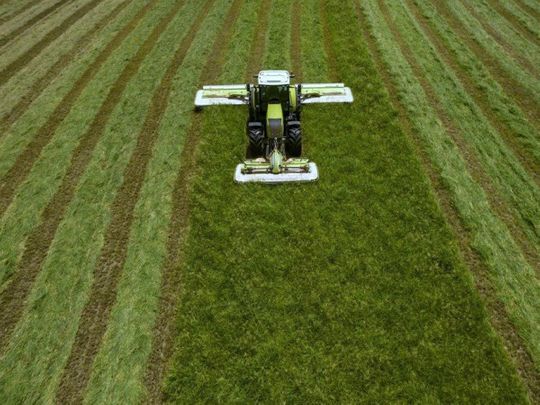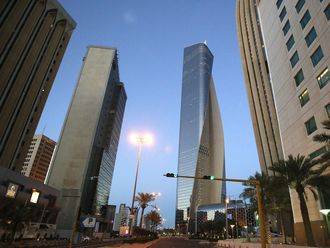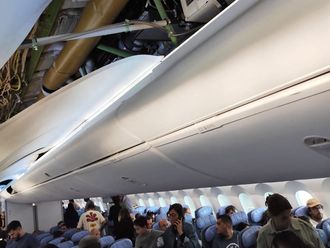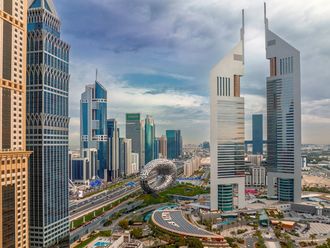
Dubai: The ADNOC joint venture entity Fertiglobe’s management proposed H1-2023 dividends of at least $250 million (subject to Board approval in September 2023), it was announced on Wednesday. The exact payment date in October 2023 will be announced following Board approval.
The ADX-listed fertilizer company, in which OCI Global is the other major shareholder, saw H1-2023 revenues at $1.24 billion, down 53 per cent compared to H1-2022. Adjusted net profit was down 73 per cent at $219 million.
Earnings were impacted by ‘lower selling prices, as volatility in European gas prices continued while markets saw increased supply from capacities commissioned in 2022’. There was also the end of the demand season in the northern hemisphere’.
“We are actively implementing several management initiatives aimed at supporting our free cash generation across cycles,” said Ahmed El Hoshy, CEO of Fertiglobe. “Our cost optimization initiatives target $50 million in recurring annualized savings by the end of 2024, with 25-30 per cent of these savings planned to be achieved this year.”
“Our key focus areas include operating model enhancements and improvements in logistical capabilities (together contributing - 60 per cent of the run rate savings) as well as operational cost and spending efficiencies.”
Fertiglobe's free cash flow totalled $331 million as of end June.
Market outlook
In Q2, nitrogen prices hit a low but have since rebounded in Q3, particularly in Egypt where urea prices surged around 60 per cent from June 2023 levels. The recovery is driven by a combination of demand growth, very tight supply, and record-low inventories. Additionally, low grain stocks are boosting crop futures and creating favorable farm economics, leading to a significant rise in nitrogen demand and supporting the price recovery. While new capacity added in 2022 and early 2023 has been absorbed, there are limited expectations for new supply additions in the next four years. Moreover, warm weather is increasing residential cooling gas demand and causing reductions in global ammonia production in some countries.
Our overall sales volumes were lower compared to Q2-2022, primarily due to a higher base effect given deferrals from Q1 to Q2 last year,” said El Hoshy. “However, going into H2-2023, we are well-positioned to service demand emerging from key regions, leveraging our centralized distribution capabilities and targeting demand centers that offer the highest netbacks, further supported by the reinstatement of urea and ammonia import duties into Europe.”












